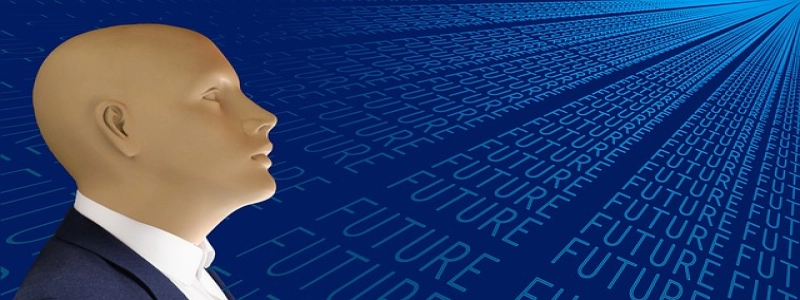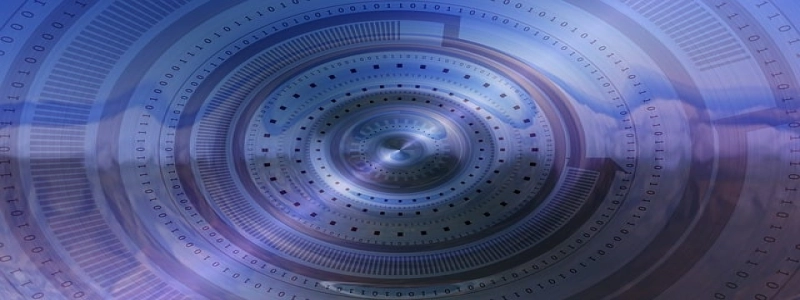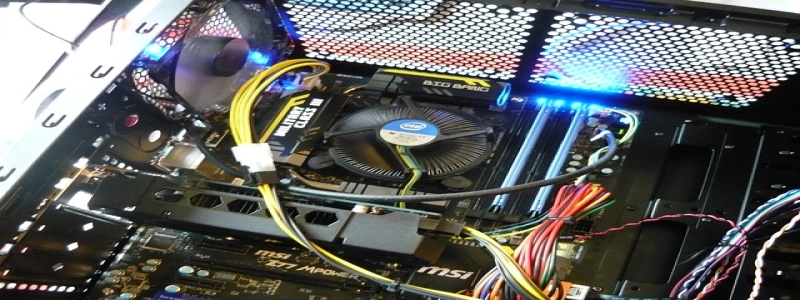Energy Dispersive X-ray Fluorescence (EDXRF) — An Overview
Introduction:
Energy Dispersive X-ray Fluorescence (EDXRF) is a powerful analytical technique used in various industries and research fields. It is a non-destructive and non-invasive method for the elemental analysis of a wide range of materials. This article aims to provide a comprehensive overview of EDXRF, its principles, instrumentation, applications, and advantages.
I. Principles of EDXRF:
EDXRF relies on the interaction of X-rays with the atomic structure of a material. When a sample is irradiated with high-energy X-rays, it results in the ejection of inner-shell electrons from the atoms. The vacancies are then filled by outer-shell electrons, leading to the emission of characteristic X-rays. These emitted X-rays are unique to each element present in the sample, allowing for the identification and quantification of elements.
II. Instrumentation:
A typical EDXRF system consists of an X-ray source, a sample chamber, and a detector. The X-ray source, typically an X-ray tube, emits high-energy X-rays onto the sample surface. The X-rays interact with the atoms in the sample, causing X-ray fluorescence. The emitted X-rays are then collected by the detector, which measures their energy and intensity. Based on the energy spectrum obtained, the elements present in the sample can be identified and quantified.
III. Applications of EDXRF:
EDXRF finds applications in a wide range of industries. In the mining and mineralogy sector, it is used for the analysis of ores, rocks, and minerals. In environmental science, it aids in the detection and characterization of pollutants in soil, water, and air. In the art and archaeology field, it helps in the identification of pigments, coatings, and other materials used in artworks and cultural artifacts. It is also utilized in quality control and process control in industries such as cement, pharmaceuticals, and electronics.
IV. Advantages of EDXRF:
EDXRF offers several advantages over other analytical techniques. Firstly, it is non-destructive, meaning the sample can be reused or preserved for further analysis. Secondly, it is versatile, capable of analyzing a wide range of material types, including solids, liquids, and powders. Additionally, it provides rapid results, with analysis times ranging from seconds to a few minutes. Furthermore, it requires minimal sample preparation, making it a cost-effective and time-saving method for elemental analysis.
Conclusion:
Energy Dispersive X-ray Fluorescence (EDXRF) is a highly useful technique for the elemental analysis of various materials. Its non-destructive and versatile nature, along with its rapid analysis capabilities, makes it a preferred choice in numerous industries and research fields. Continuing advancements in instrumentation and software are further enhancing the capabilities of EDXRF, making it a valuable tool for scientific research, quality control, and environmental monitoring.







